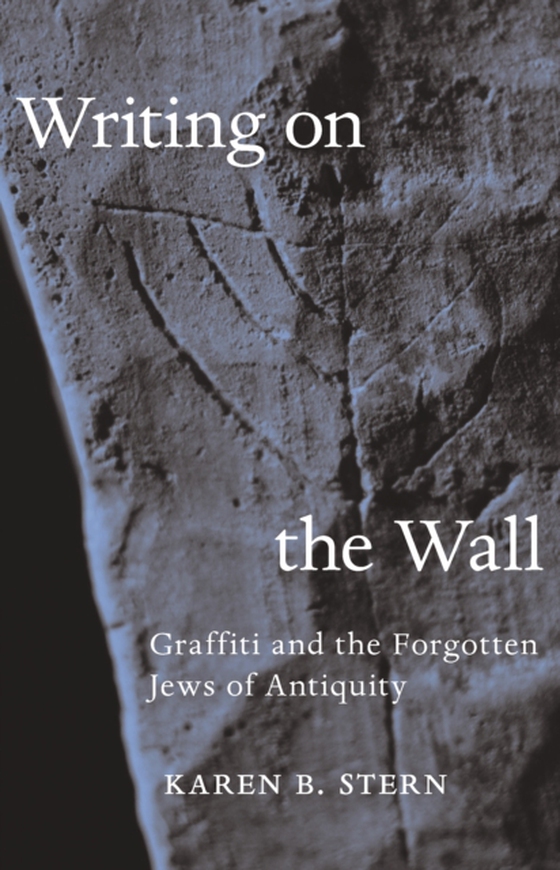
Writing on the Wall e-bog
184,80 DKK
(inkl. moms 231,00 DKK)
Few direct clues exist to the everyday lives and beliefs of ordinary Jews in antiquity. Prevailing perspectives on ancient Jewish life have been shaped largely by the voices of intellectual and social elites, preserved in the writings of Philo and Josephus and the rabbinic texts of the Mishnah and Talmud. Commissioned art, architecture, and formal inscriptions displayed on tombs and synagogues ...
E-bog
184,80 DKK
Forlag
Princeton University Press
Udgivet
19 juni 2018
Længde
312 sider
Genrer
Other graphic or visual art forms
Sprog
English
Format
pdf
Beskyttelse
LCP
ISBN
9781400890453
Few direct clues exist to the everyday lives and beliefs of ordinary Jews in antiquity. Prevailing perspectives on ancient Jewish life have been shaped largely by the voices of intellectual and social elites, preserved in the writings of Philo and Josephus and the rabbinic texts of the Mishnah and Talmud. Commissioned art, architecture, and formal inscriptions displayed on tombs and synagogues equally reflect the sensibilities of their influential patrons. The perspectives and sentiments of nonelite Jews, by contrast, have mostly disappeared from the historical record. Focusing on these forgotten Jews of antiquity, Writing on the Wall takes an unprecedented look at the vernacular inscriptions and drawings they left behind and sheds new light on the richness of their quotidian lives.Just like their neighbors throughout the eastern and southern Mediterranean, Mesopotamia, Arabia, and Egypt, ancient Jews scribbled and drew graffiti everyplace--in and around markets, hippodromes, theaters, pagan temples, open cliffs, sanctuaries, and even inside burial caves and synagogues. Karen Stern reveals what these markings tell us about the men and women who made them, people whose lives, beliefs, and behaviors eluded commemoration in grand literary and architectural works. Making compelling analogies with modern graffiti practices, she documents the overlooked connections between Jews and their neighbors, showing how popular Jewish practices of prayer, mortuary commemoration, commerce, and civic engagement regularly crossed ethnic and religious boundaries.Illustrated throughout with examples of ancient graffiti, Writing on the Wall provides a tantalizingly intimate glimpse into the cultural worlds of forgotten populations living at the crossroads of Judaism, Christianity, paganism, and earliest Islam.
 Dansk
Dansk

